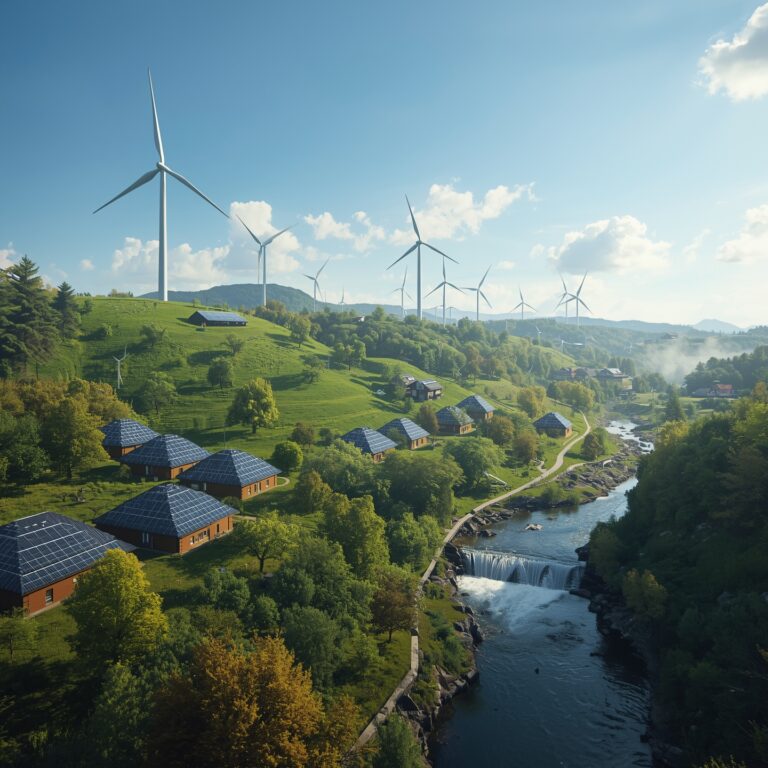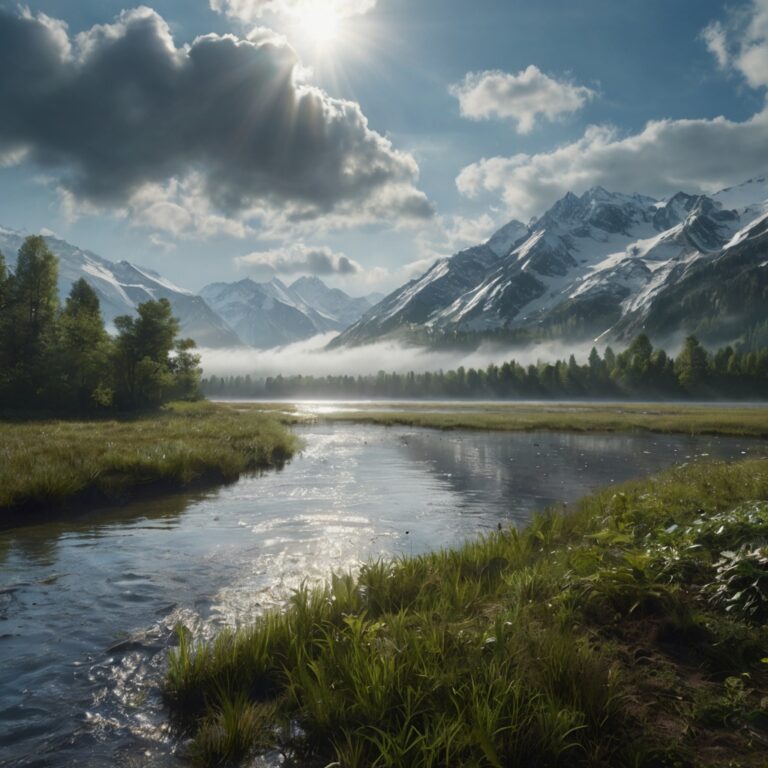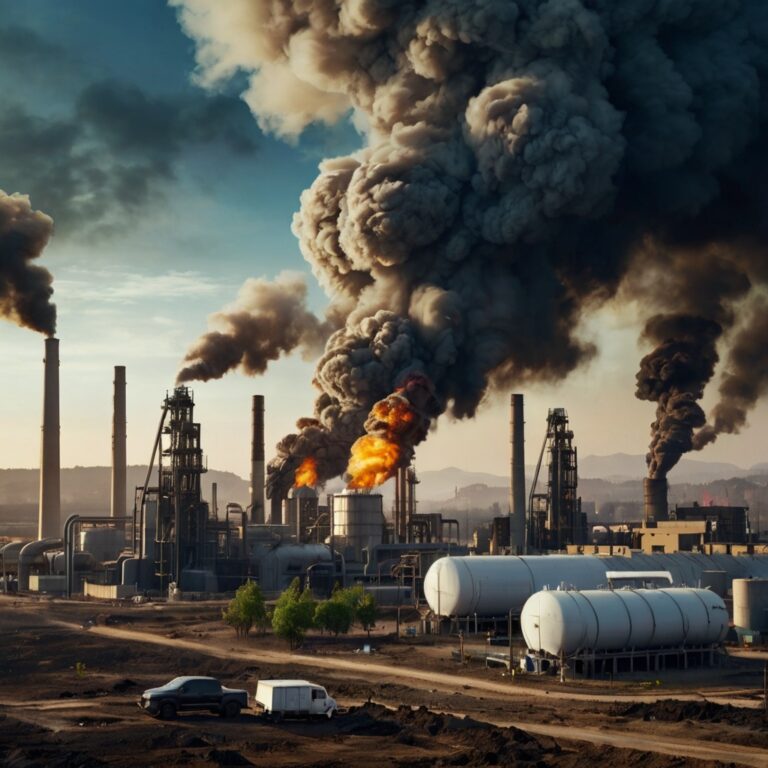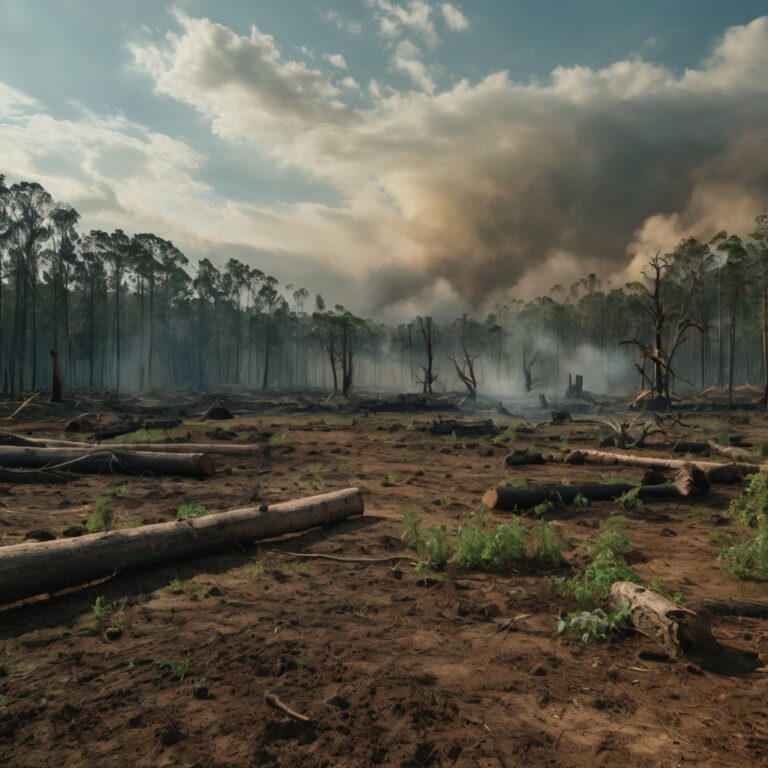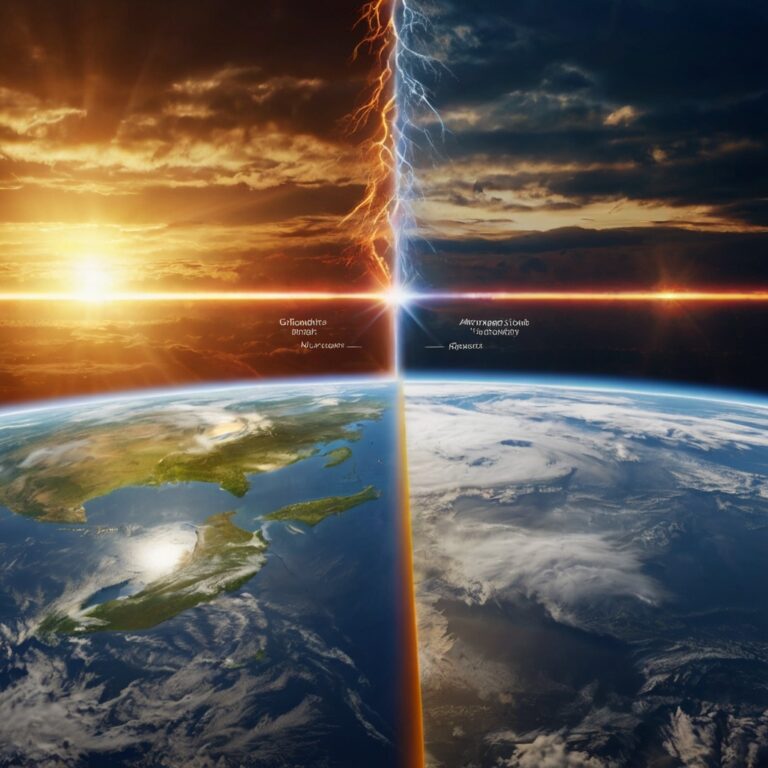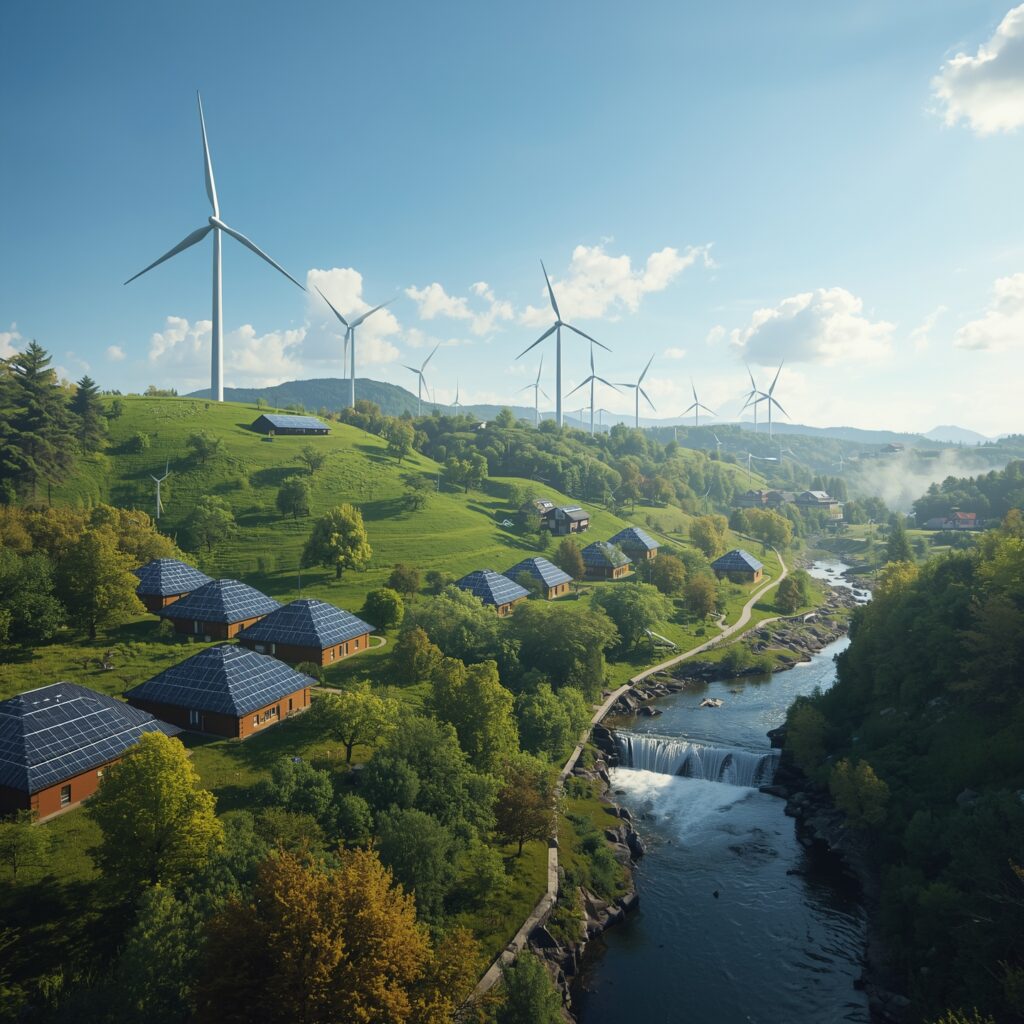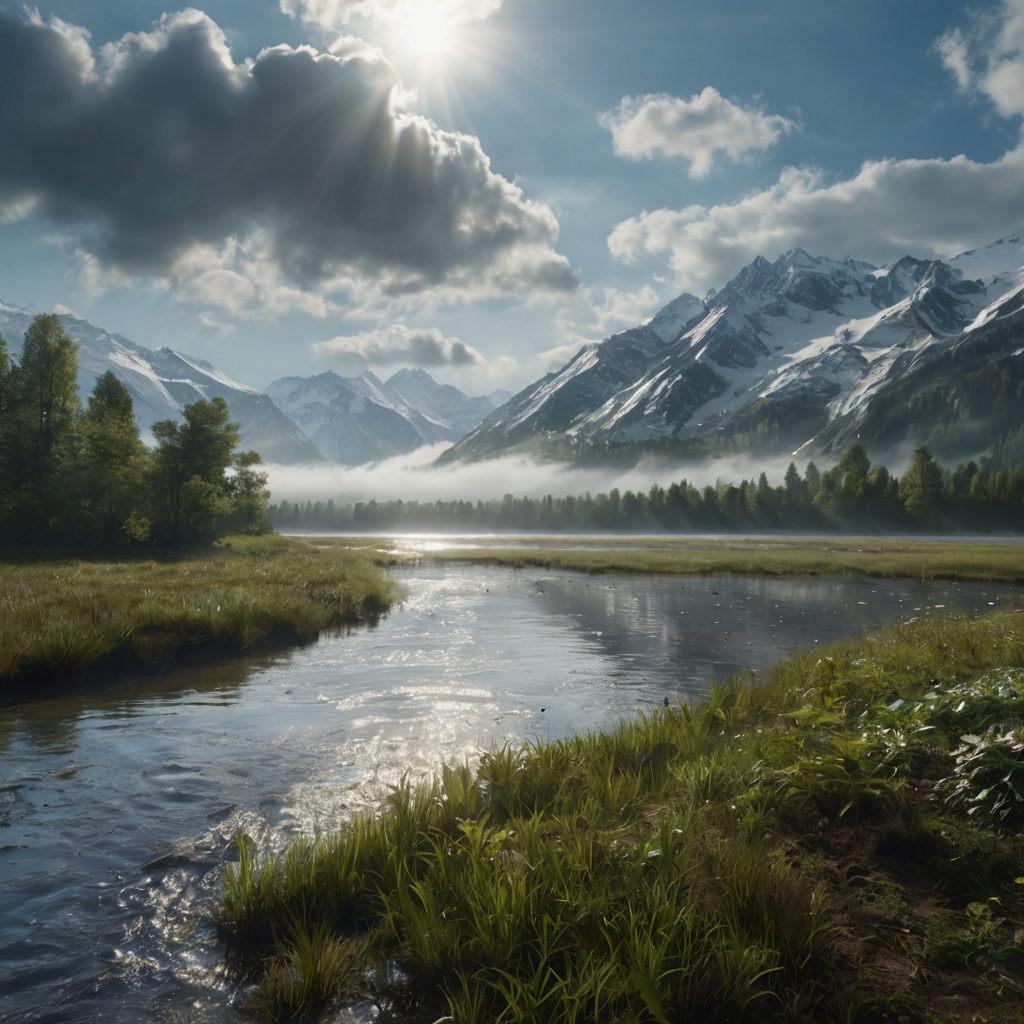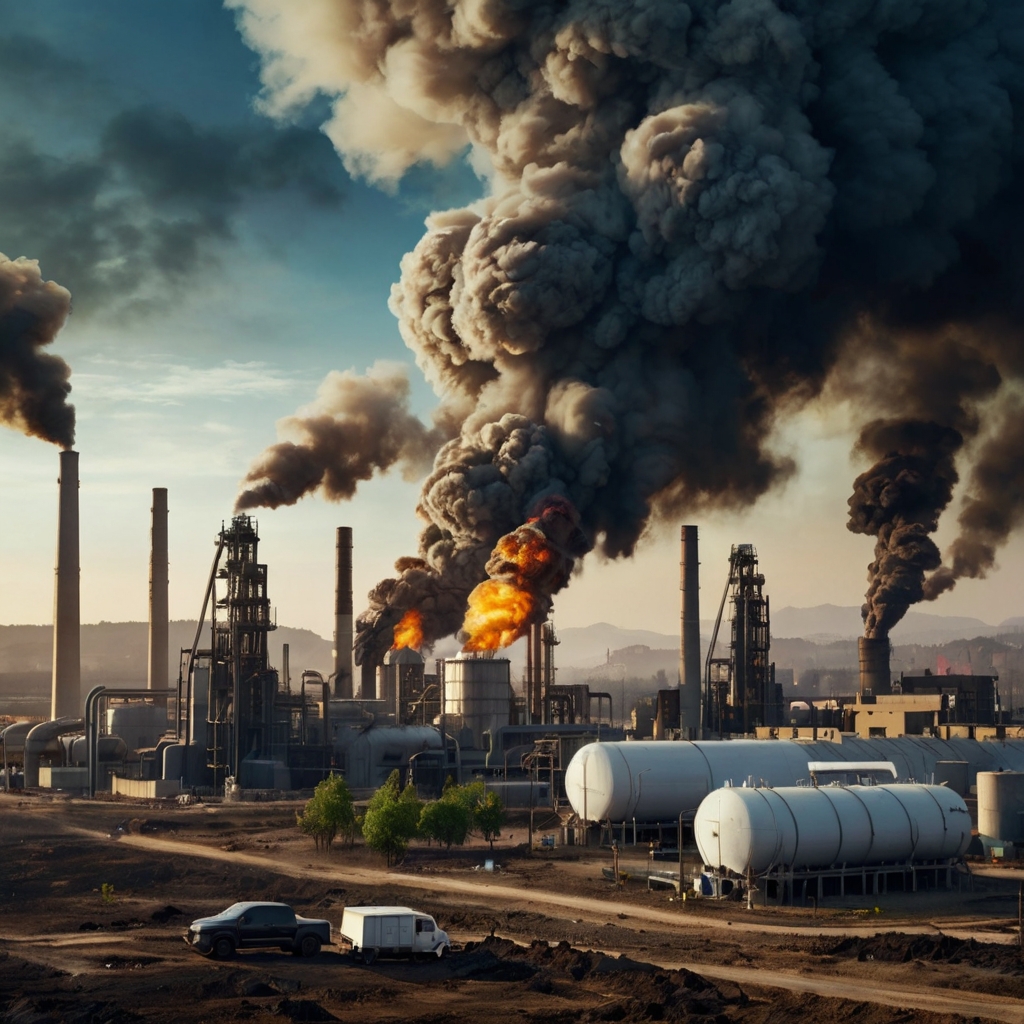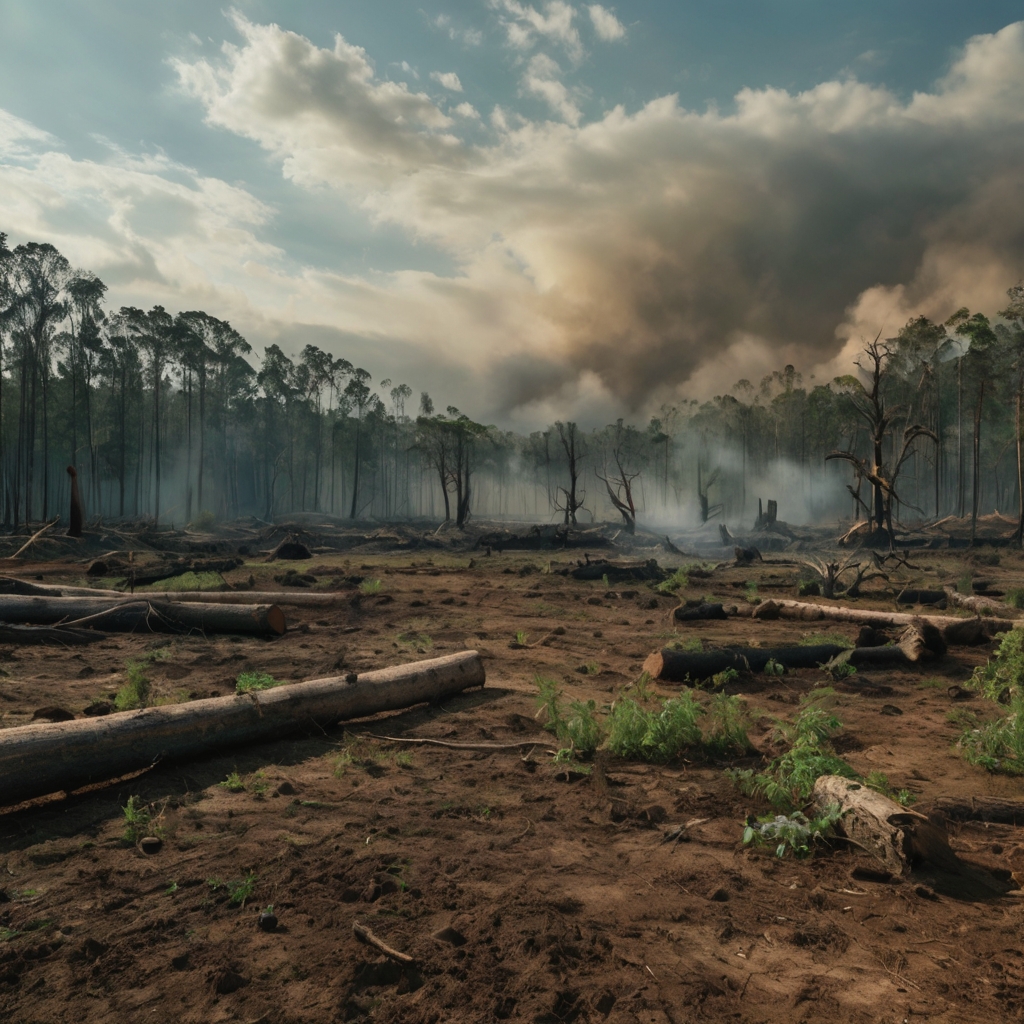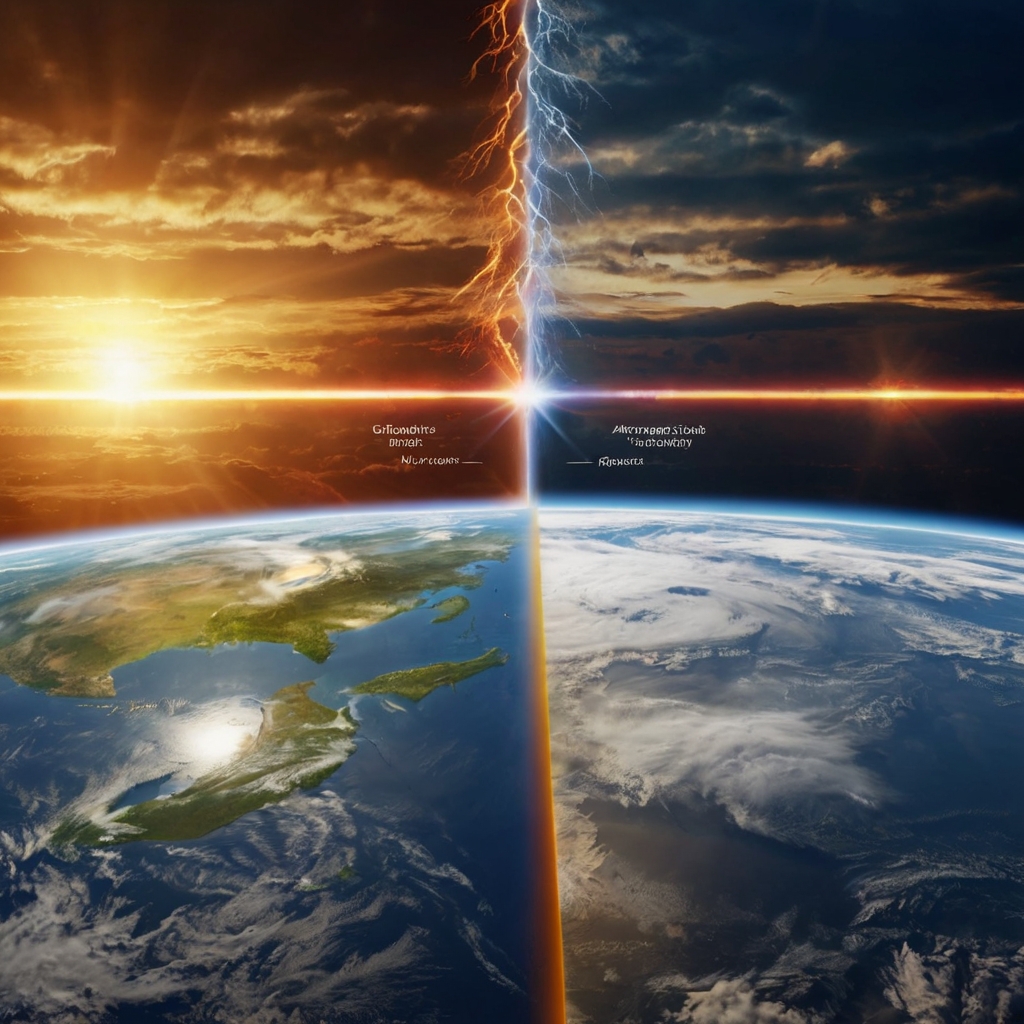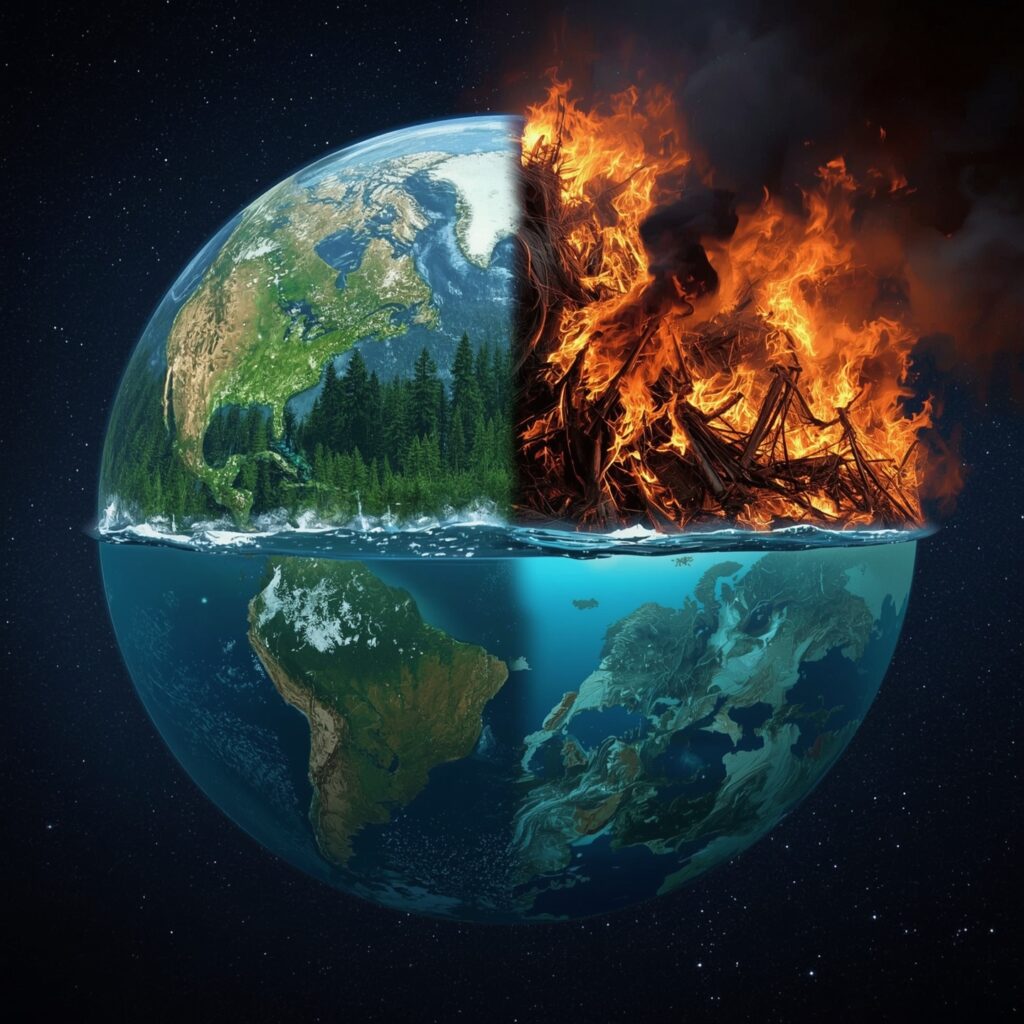The Water Cycle Explained for Beginners
The water cycle is nature’s way of keeping Earth’s water moving and usable. It might seem like a simple concept, but it’s an incredibly detailed process that sustains life on our planet. Whether it’s the rain falling from the sky or the steam rising from a hot sidewalk, the water cycle is always at work. This article will help you understand each stage of the water cycle in clear, simple terms. By the end, you’ll see water in a whole new way—constantly cycling, changing form, and supporting every ecosystem on Earth.
Understanding Evaporation and Transpiration
Evaporation is the first stage of the water cycle. It begins when the sun heats up water in rivers, lakes, and oceans, turning it into vapor that rises into the atmosphere. This invisible vapor forms the foundation for everything else that follows.
Plants also play a part through a process called transpiration, where moisture escapes from leaves into the air. Together, evaporation and transpiration pump large amounts of water vapor into the sky every day. This part of the cycle is crucial because it initiates the journey of water from Earth’s surface back into the atmosphere.
How Condensation Forms Clouds
Once the water vapor rises into cooler parts of the atmosphere, it begins to cool down and change back into tiny droplets. This process is called condensation. These droplets group together to form clouds.
Think of condensation as the moment when all the rising vapor becomes visible again. You see this when your cold drink “sweats” on a warm day—it’s the same science at work. In the water cycle, cloud formation marks the middle stage, where invisible vapor becomes visible again and prepares to fall back to Earth.
The Role of Precipitation
Eventually, the clouds grow heavy with water droplets. When the droplets become too big to stay suspended, they fall back to Earth as precipitation—this includes rain, snow, sleet, or hail.
Precipitation is how water returns to land and water bodies, helping plants grow, filling up reservoirs, and replenishing ecosystems. It’s the most noticeable part of the water cycle and the one that affects us most directly. Without precipitation, there would be no rivers, lakes, or freshwater for us to use.
Collection and Water Storage on Earth
Once the water falls to Earth, it doesn’t disappear—it collects in oceans, lakes, rivers, and even underground aquifers. This is called the collection phase of the water cycle.
Some water will soak into the ground, becoming groundwater that feeds springs and wells. Other water flows over the land as runoff, eventually returning to oceans and lakes. No matter where it ends up, the collected water will soon start the journey all over again through evaporation. It’s a perfect, self-renewing system.
Why the Water Cycle Is Important
The water cycle isn’t just about weather—it’s essential for life. Every glass of water you drink has been through this cycle countless times. The cycle also regulates the Earth’s climate, distributes nutrients, and supports agriculture and wildlife.
Understanding how the water cycle works helps us see why protecting our water sources matters. Pollution, deforestation, and climate change can all disrupt this delicate balance. Learning the basics is the first step toward making smarter choices for the planet.
Final Thoughts on the Water Cycle
By now, you’ve learned how the water cycle connects the atmosphere, land, and water. From evaporation to precipitation, and finally to collection, this system works continuously and efficiently.
If you ever look at a cloud or hear the rain, you’ll know it’s all part of Earth’s natural recycling system. As a beginner, understanding the water cycle helps you see the world differently—and appreciate how nature works to support every living thing on this planet.


